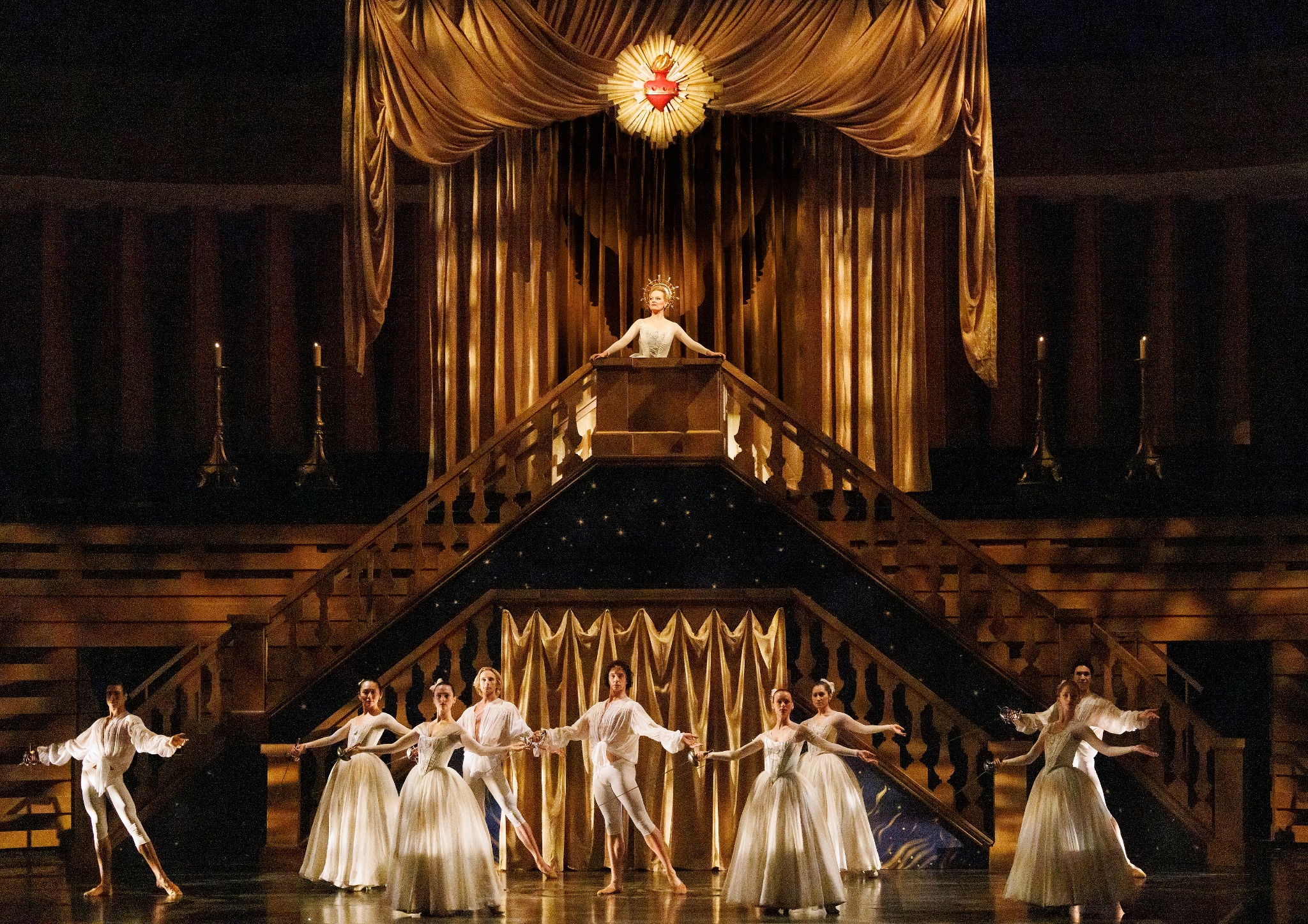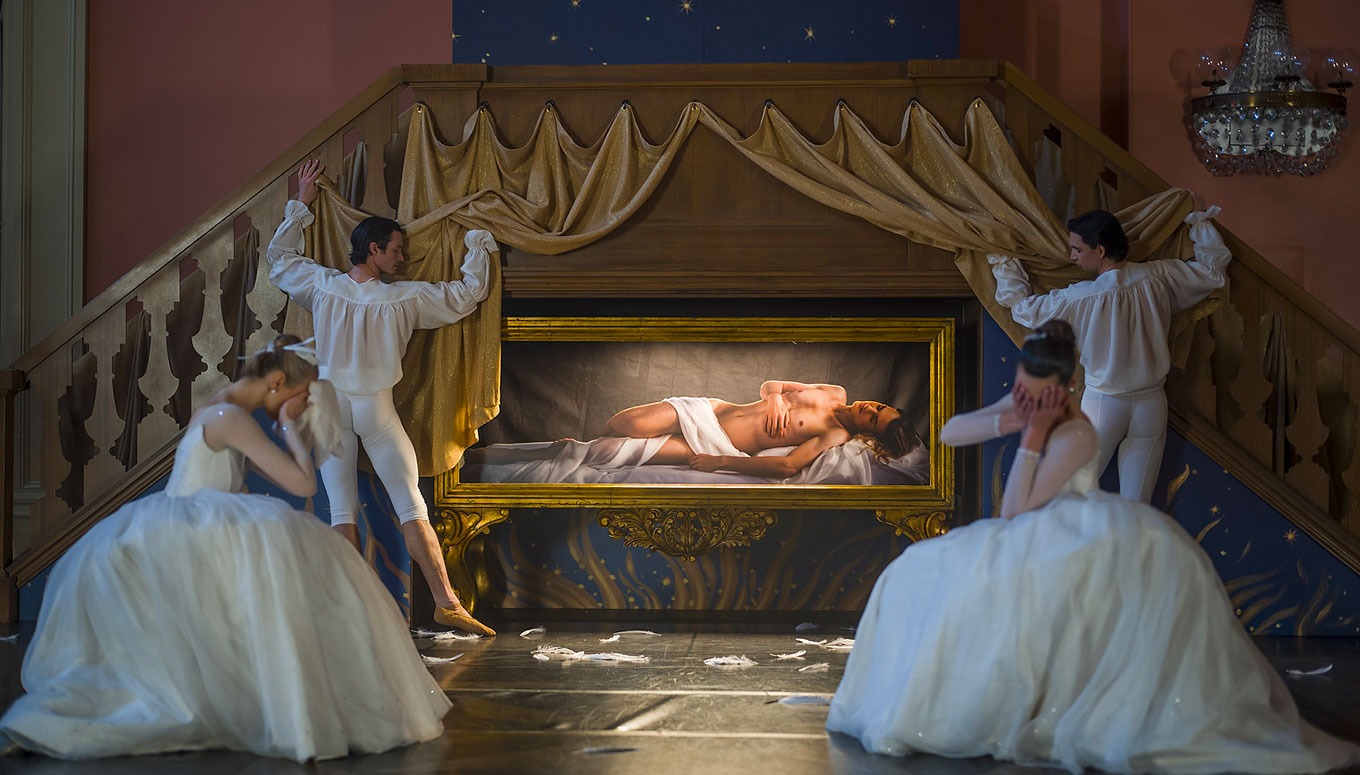The Interplay Between Ballet and Opera: Handel's The Resurrection by Opera Atelier

As International Dance Day (April 29th) approaches, it may surprise some that this date is chosen to honour the birthday of a particular dance pioneer and the significant contributions they have made to the art form. Jean-Georges Noverre, the figure in question, passionately advocated for the independence of ballet from opera in his influential book "Lettres sur la danse et sur les ballets" (Letters on Dancing and Ballets). Historically, dance was closely intertwined with opera, often serving as an interlude or an accompaniment to the main storyline. Ballet sequences were integrated into operas to provide visual spectacle and enhance the narrative, but they were rarely treated as standalone performances. Noverre's advocation for ballet to be seen as an independent art form, focusing on emotional expression and storytelling, helped to shape the trajectory of dance, allowing it to evolve into the diverse and vibrant discipline we love to celebrate on International Dance Day.
For dance history enthusiasts like myself, exploring the historical relationship between ballet and opera can be a fun and unique experience. Opera Atelier's production of Handel's The Resurrection presents a unique opportunity to observe the interplay between ballet and opera, highlighting the long-standing partnership that has shaped their respective histories. Handel's The Resurrection is an oratorio (turned opera for this performance) from the Baroque period, composed in 1708. The work recounts the story of Christ's resurrection, taking place between Good Friday and Easter Sunday (timely to its run). The narrative features a mix of sacred and secular characters, each responding to and reflecting on the events surrounding Christ's resurrection.
The Resurrection offers a refreshing approach to integrating dance within an operatic context, providing dancers with a more significant role in storytelling than many productions from the same period. The performance reimagines the traditional hierarchy in opera, where singers often take center stage by placing dancers as essential characters, such as angels, through the narrative. Dancing in the work are artists of the Atelier Ballet, as choreographed by Jeannette Lajeunesse Zingg.
The choreography adheres to Baroque-era conventions, characterized by controlled movements and an upright posture, with gracefully rounded arms, expressive wrists and an emphasis on intricate footwork. The precision of the small steps, such as the recurring petite jetés, is a delight to observe. Dance formations and symmetry play a crucial role, with dancers weaving into visually pleasing patterns and shapes on stage. The dancers also employ a variety of tableaus and use props to set scenes and advance the plot, further demonstrating the thoughtful integration of dance and storytelling elements.
Although I am not incredibly versed in opera, I found myself captivated by the remarkable performances of the singers in this production. Honourable mentions go out to Meghan Lindsay, who played Mary Magdalene, as she delivered a powerful performance imbued with emotional depth. Her gentle movements on stage, such as simply grazing her face, complimented her character, exhibiting a delicate grace. In contrast, Douglas Williams portraying Lucifer brought a dramatic presence to the stage, captivating the audience with his powerful interpretation of the character, and was quite fun to watch.
The set (Gerard Gauci) and costume design (Alessia Urbani) for the piece are stunning. The stage is adorned with gold curtains, stairs and statues, set against a blue backdrop featuring golden flames and stars. Christ's tomb, draped in gold, is unveiled by the dancers at various points in the performance, revealing different elements within. The dresses of the performance feel true to Baroque-era fashion, boasting elegant silhouettes. The fluid motion of the garments is a spectacle in itself, as they gracefully billow and expand in response to the performers' movements. The harmonious blend of these beautiful visual elements enhances the overall experience of the production, creating a visual feast for the audience.
Overall, I found Opera Atelier's The Resurrection to offer a fun exploration of the history of dance and opera, showcasing the enduring artistic partnership that has persisted for centuries. This production may cater to a specific taste due to its religious theme; however, those interested in seeing an Opera can appreciate the compelling performances, impressive vocal prowess, and insightful glimpse into dance's past. In the end, I had a great night out at the opera and would love to return soon.
The Resurrection, presented by Opera Atelier, is playing until April 9, 2023 at Koerner Hall (273 Bloor Street West). Tickets start from $49.00 and are available online here.
For more information:
www.operaatelier.com @OperaAtelier
Photos by Bruce Zinger.
Written by Deanne Kearney
DeanneKearney.com @deannekearney

0 Comments Add a Comment?